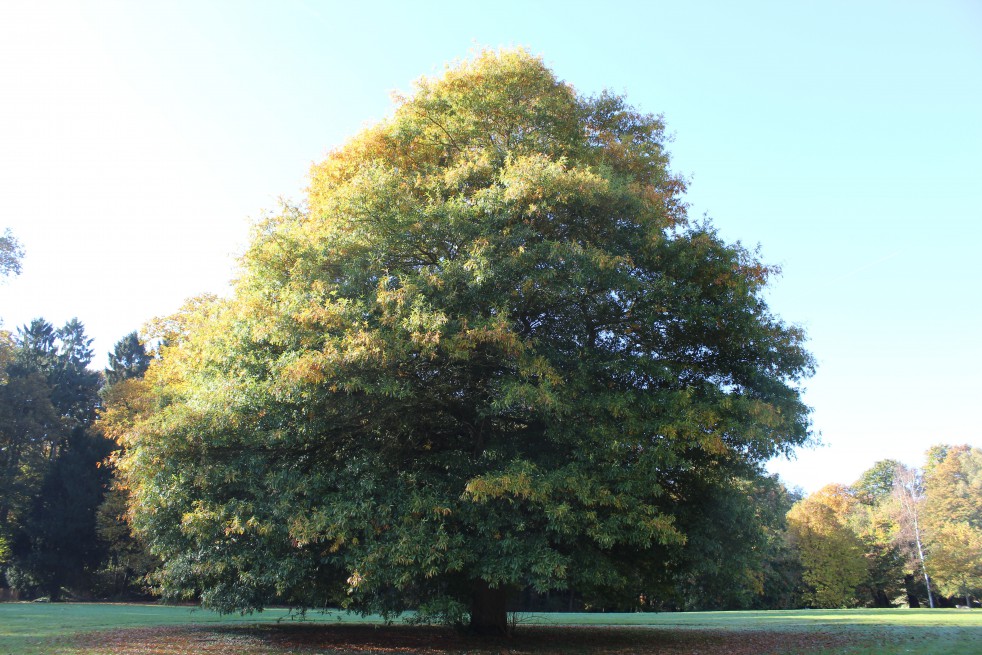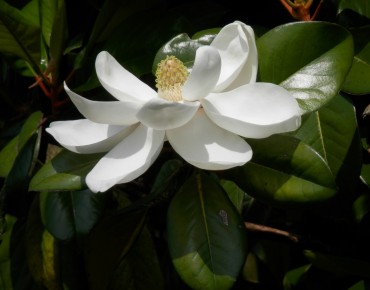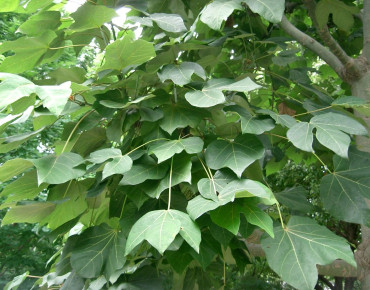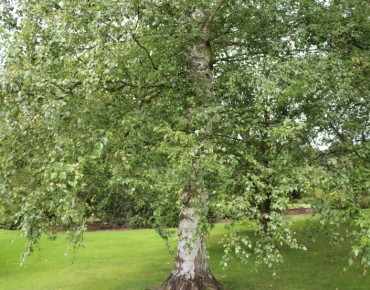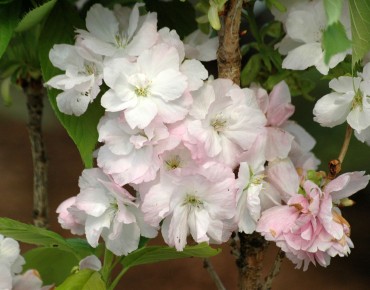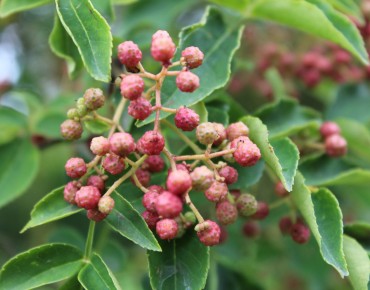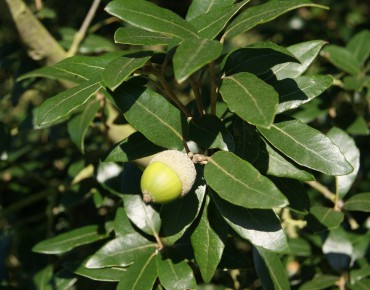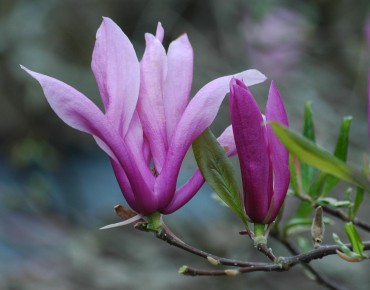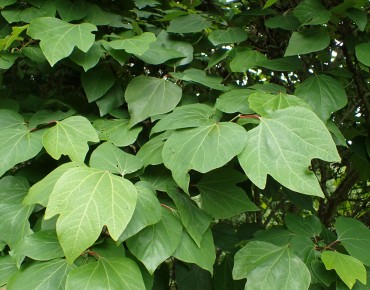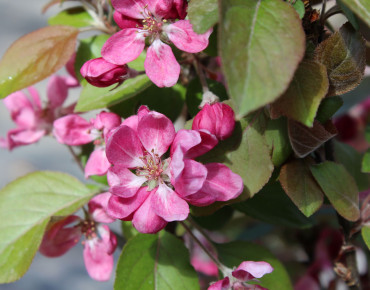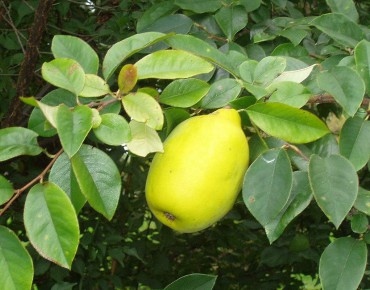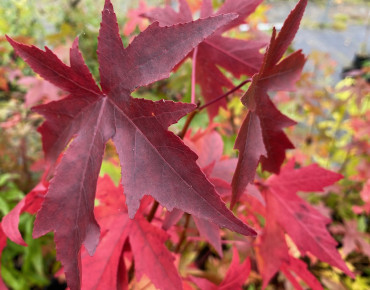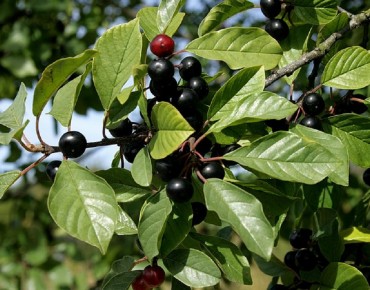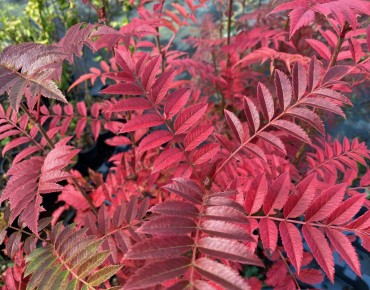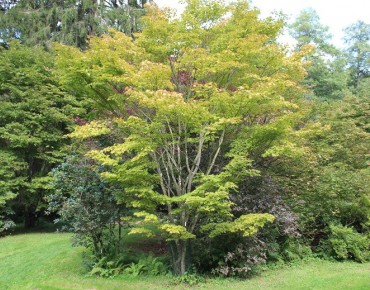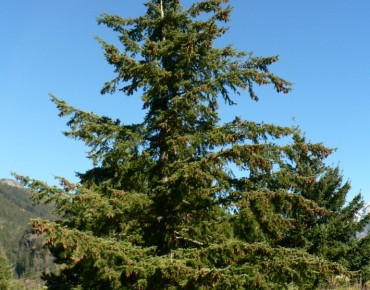- Out-of-Stock
Willow oak
Quercus phellos
Description
Native to North America, Quercus phellos is also called Willow Oak for its long and very narrow leaves similar to those of willows. Dark green on the outside and glaucous on their underside, they turn a magnificent yellow-orange color in fall. In winter, the Willow oak reveals a gray trunk with smooth bark that cracks with age, and young reddish-brown branches. From May, the flowers, golden catkins, appear and highlight the tree's foliage. They will then give way to very small black acorns, practically round about 1 cm.
Quercus phellos is very resistant: it tolerates temperatures of -20 ° C, diseases, high winds and drought as well as soils flooded in winter. In just a few years, it reaches 20 meters in height and 10 to 20 meters in wingspan, and thrives particularly in rich, acidic soil.
The Willow oak, with its spreading rounded habit, is a majestic subject. It will be well displayed if it is planted in isolation, especially in the middle of the garden or in a large park. Its growth is rapid, you will quickly benefit from all its strengths. It will be at its peak in the fall with its flamboyant colors that will beautify your entire garden.
Features
- Common name : Willow oak
- Family : Fagaceae
- Category : tree
- Spread : 10/20M
- Foliage : deciduous
- Color of flowers : yellow
- Fruit : small black acorns, practically round about 1 cm.
- Use : isolated - shrubbery
- Soil : acid
- Habit : Spreading
- Earth to use : heath earth/compost/peat
- Enemies : powdery mildew
- Possible diseases : leaf miners, processionary caterpillars
- Reproduction : monoecious
Expédition & livraison
How does the delivery work?
 As soon as you place your order your plants are selected
As soon as you place your order your plants are selected Each order is processed individually.
Each order is processed individually. Plants are packed, staked and labeled.
Plants are packed, staked and labeled. Packaging is carefully implemented to avoid any problems.
Packaging is carefully implemented to avoid any problems. Packages are ready to be shipped.
Packages are ready to be shipped.
Our delivery methods
Shipping of our plants throughout Europe (except overseas and islands).
Customer reviews



